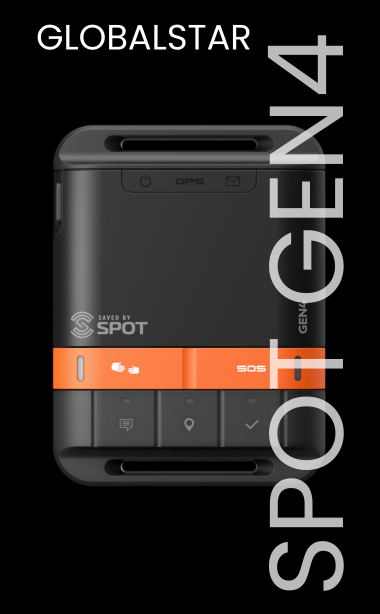You have no items in your shopping cart.
A trojan is a malicious application that appears to do one thing, but actually does another. Like it’s namesake, the mythical Trojan Horse, malicious code is hidden in a program or file that appears useful, interesting, or harmless. Popular examples are video codec that some sites require to view online videos. When the codec is installed, it may also install spyware or other malicious software. Other examples:
Software downloads (i.e. a Trojan horse included as part of a software application downloaded from a file sharing network)
Websites containing executable content (i.e. a Trojan horse in the form of an ActiveX control)
Email attachments
Application exploits (i.e. flaws in a web browser, media player, messaging client, or other software that can be exploited to allow installation of a Trojan horse)
A backdoor trojan differs from a trojan in that it also opens a backdoor to your system. They’re also sometimes called Remote Access Trojans (RAT). These are the most widespread and also the most dangerous type of trojan. They are so dangerous having the potential to allow remote administration of your system. As if a hacker were sitting at your keyboard, only worse. There’s almost no limit to what they can do. Some common uses:
Use your system and Internet connection to send spam (yes, the majority of spam is now generated by infected systems).
Steal your online and offline passwords, credit card numbers, address, phone number, and other information stored on your computer that could be used for identity theft, or other financial fraud.
Log your activity, read email, view and download contents of documents, pictures, videos and other private data.
Use your computer and Internet connection, in conjunction with others to launch Distributed Denial of Service (DDoS) attacks.
Modify system files, disable antivirus, delete files, change system settings, to cover tracks, or just to wreak havoc.
These issues can have a devastating impact on your BGAN usage and cost of MB. If you have a class one BGAN a backdoor Trojan can use your MB in the background without your knowledge. Customers have had over 100 MB used in less than a couple of hours. If you have a HNS-9201, Explorer 500, or BGAN please make sure that your Virus and adware support is up to date.
If you suspect you’re infected with a backdoor trojan, the first thing you should do is disconnect from the BGAN Internet to protect yourself, and others. Then give us a call here at Outfitter Satellite Tech. Support and we will help you to get your BGAN in working order and will help you find a solution.
 English
English











